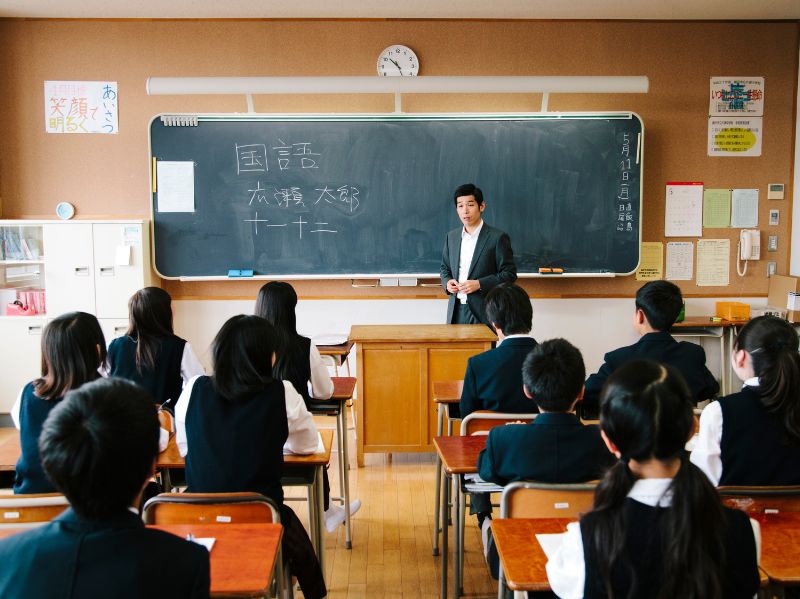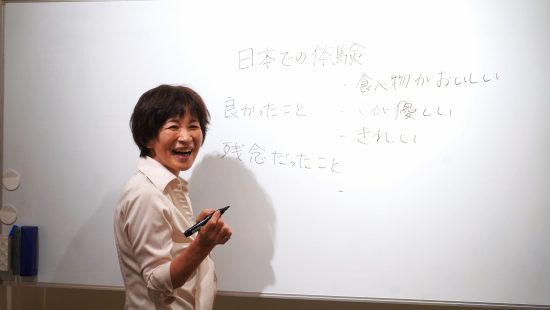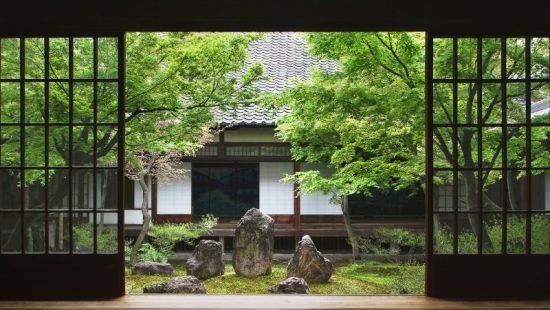|
The Special Characteristics of Japanese Public Schools

What’s it like to be a child in Japan? The contrasts between Japanese public schools and those in your nation could come as a bit of a shock. There are many characteristics of Japanese public school that make it a really unique experience, from etiquette and social obligations to instructional approaches and other traditions.
Harmony, from The Foundation of Everything (和/Wa)
Wa, or peaceful oneness and harmony, is the cornerstone on which Japanese culture is based. From architecture to how food is prepared and served, this idea is present in every facet of life. Working together for the greater good is the prevalent concept of wa, whether in a professional, family, or public setting.
Even if individuals may have opposing opinions or emotions, it is generally accepted that the optimal scenario is one that benefits the group as a whole. All members of society are taught these ideals from a very young age, and these traditions from earlier times continue to serve as a foundation for contemporary Japanese culture. In reality, many of the distinctive characteristics and traditions of Japanese public schools may be seen as applications of wa’s harmonic ideals.
Indoor Shoes Must Be Worn
You may have heard of the custom of Japanese people removing their shoes at the door to their houses at some time. This is done to prevent needless harm or wear to the tatami, which are bamboo floor mats that are often seen in more conventional Japanese households. You may be surprised to learn that this approach is also used in public schools in Japan.
Students must remove their outdoor shoes and put them on a shelf in a specified area at the entry before changing into indoor shoes that are stored at the school. Visitors, instructors, and other staff members must also change their shoes, in addition to pupils. The aforementioned wa principle is applicable in this situation since everyone is treated equally as a result of this practice.
Changing shoes keeps outdoor filth and grime from entering the school, much as when people change their shoes at home. This is crucial because it sets up the next characteristic that sets Japanese public schools apart from many other places in the globe.
Japanese schoolchildren tidy up
In the West, it may be common to see janitors sweeping or mopping to maintain the facility clean as you pass through the hallways of a school. In a Japanese public school, this is very definitely not the situation. The cleaning procedure is evenly shared by Japanese children. This includes cleaning everything from toilets to floors to windows.
The fact that this practice is not required by the government is perhaps its most intriguing feature. Students take on this role voluntarily, knowing that it is their job to take care of the space they inhabit and that it will benefit them later in life as they grow into productive, contributing members of society. They do this in the spirit of working together for the common good. Students are also encouraged to maintain their area as clean as possible right away by the knowledge that they are responsible for cleaning.
In Japan, children serve school lunch
Lunch at a Japanese public school is more than just a quick respite from homework and studies. It’s really not thought of as a break at all. More truly, the Japanese lunchtime experience is a lesson in and of itself, one that aims to simultaneously improve kids’ health and character.
Children may get a greater knowledge of nutrition and the cultural importance of their food by helping with lunch meal preparation and delivery. They develop a strong feeling of prioritizing the needs of others above their own when serving the meal. It is simple to understand the advantages of the “wa effect” in Japanese public schools given that Japan is known for having one of the most empathetic populations in the world as well as one of the lowest rates of juvenile obesity.
Greetings in Japanese Before and After Class
In Japan, respect is a vital part of daily life, particularly when it comes to senior persons. One of the first things students in Japanese schools learn is how to show respect. Before the start of class, students would stand silently and say “yoroshiku onegaiitashimasu,” which roughly translates as “we are respectfully in your care.” This is a highly flexible, multipurpose greeting.
When class is over, everyone stands up to say “arigatou gozaimashita” to the instructor and express gratitude for the day’s learning. Once the pupils have left, the instructor may add, “ki o tsukete okaeri,” which translates to, “please get home safely.”
Japan’s Moral Education
It is simple to see why children often struggle to recall the moral teachings imparted to them by their parents since they spend more time at school than at home. The development of a child’s values and ethical foundation is thus given importance in the Japanese educational system.
Japanese public schools emphasize supporting the family unit by fostering and imparting the critical components of becoming a valuable member of society from an early age via their moral education programs. These teachings, which are among the most concentrated in the Japanese public school curriculum, are intended to foster a strong feeling of justice, hard effort, and awareness of others.
As you can see, understanding the distinctions between Japanese public schools and the kind of school you attended growing up can benefit you much. The Japanese educational system is genuinely unique because it strikes a balance between conventional education and an emphasis on character development.






